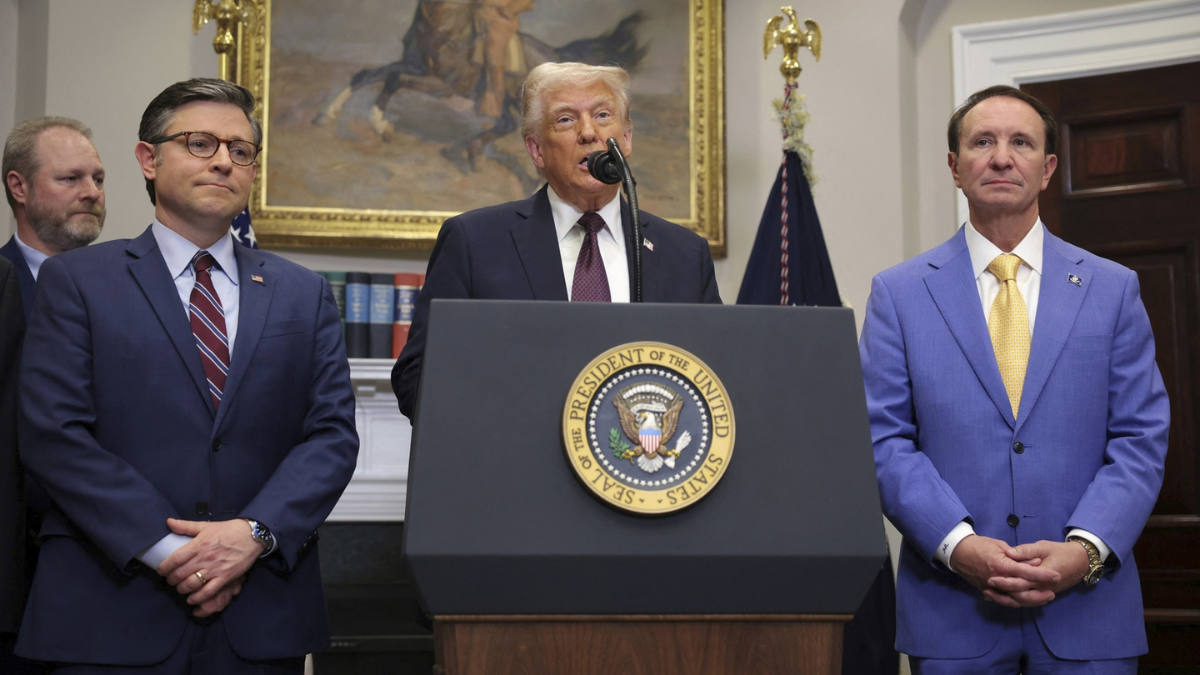Social Security is an essential part of retirement planning for millions of Americans, and recent changes under the Trump administration have had a significant impact on how the program operates. From changes in benefit calculations to adjustments in payroll taxes, these updates could influence your Social Security benefits.
1. Increase in Social Security Benefits
One of the most notable updates under the Trump administration is the increase in Social Security benefits. In recent years, retirees have seen a cost-of-living adjustment (COLA) that has impacted their monthly payments.
The COLA is tied to inflation and typically increases Social Security payments to help recipients keep pace with the rising cost of living.
For 2021, the Social Security Administration (SSA) announced a 1.3% COLA increase, which resulted in an average increase of $20 per month for beneficiaries.
While the increase was modest, it marked a continuation of the Trump administration’s focus on ensuring that Social Security benefits keep up with inflation, providing retirees with a slight boost to their income.
2. Increase in the Social Security Wage Base
The Social Security wage base refers to the maximum amount of income subject to the payroll tax. Under the Trump administration, the Social Security wage base was increased for 2021. This means that higher earners pay more into the Social Security system.
In 2021, the Social Security wage base was raised to $142,800, up from $137,700 in 2020. This increase allows for higher payroll taxes to be collected from those with higher incomes, which can help bolster the solvency of the Social Security trust fund.
While this doesn’t directly affect retirees who are already receiving benefits, it does have long-term implications for the overall health of the Social Security system.
3. Delay in Social Security Tax Cuts
In 2020, President Trump signed an executive order that temporarily deferred payroll taxes for workers earning less than $4,000 biweekly. The goal was to give individuals and businesses immediate financial relief during the COVID-19 pandemic. This tax deferral was meant to provide an economic boost, but it raised questions about the future of Social Security funding.
While this tax cut was not permanent, it sparked discussions about the long-term sustainability of the Social Security program. The payroll tax deferral did not impact retirees directly, but it could have long-term consequences for the program’s solvency if it were to become a permanent fixture.
President Biden has since proposed ways to address this issue, but the temporary nature of the tax deferral under Trump contributed to ongoing debates about Social Security reform.
4. Changes in the Social Security Disability Insurance (SSDI) Program
Another update retirees should be aware of involves the Social Security Disability Insurance (SSDI) program, which provides benefits to individuals who are unable to work due to a disability. The Trump administration made several changes to the SSDI program that affect both current and future recipients.
Under the Trump administration, there were efforts to streamline the SSDI application process, making it easier for individuals to qualify for benefits. In 2019, the SSA implemented a rule that clarified how it evaluates whether an applicant’s disability is expected to last for at least a year or result in death, potentially expanding eligibility for certain individuals.
Additionally, the administration made efforts to improve work incentives for SSDI recipients, allowing beneficiaries to maintain some of their benefits while transitioning back into the workforce. These updates were designed to give recipients more flexibility and support as they moved toward financial independence.
5. Proposals for Social Security Reform
The Trump administration did not make sweeping changes to Social Security, but there were ongoing discussions about potential reforms. In 2020, President Trump proposed a plan to eliminate the payroll tax for individuals earning under $400,000.
This proposal was aimed at providing financial relief for working individuals but was controversial because of its potential long-term impact on Social Security funding.
Trump also supported privatizing aspects of the Social Security system, which would allow individuals to invest their Social Security funds in private accounts. While this proposal never came to fruition, it sparked a broader debate about the future of Social Security and whether the system should be reformed to reflect changing economic conditions and demographics.
These discussions have continued under the Biden administration, with some advocates pushing for more comprehensive Social Security reform to address issues like the trust fund’s solvency and the program’s long-term sustainability.
Conclusion: Understanding Social Security Updates and Planning for the Future
Recent changes to Social Security under the Trump administration have had several impacts on retirees, including benefit increases, changes to the wage base, and efforts to address the long-term solvency of the program. While some of these updates are relatively minor, others have important implications for both current and future retirees.
As Social Security continues to evolve, it’s essential for retirees to stay informed about these changes. Whether it’s through the yearly COLA adjustments, potential reforms to the program, or updates to the SSDI system, staying up-to-date on Social Security updates will help you plan more effectively for a secure retirement.
For more details about Social Security benefits and how these changes may affect your financial planning, visit the Social Security Administration’s website.
Disclaimer – Our team has carefully fact-checked this article to make sure it’s accurate and free from any misinformation. We’re dedicated to keeping our content honest and reliable for our readers.
